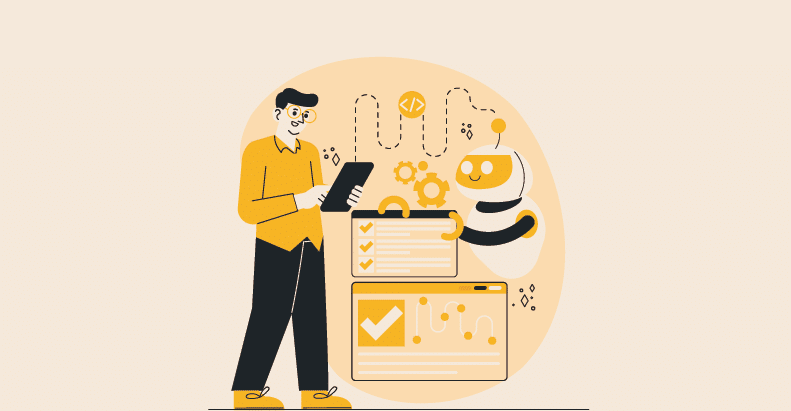Proposing the Iterative approach, Agile focuses on integrating the roles of the developers and the testers to achieve effective and efficient production. It takes out the best elements out of Scrum, Lean and XP and combines them together into one workflow known as the Agile method. Unlike the Waterfall method, Agile works according to the needs and requirements of the users’ right from the start of the project. Even so that the clients can view the project mid-way and can make changes if they wish to. Involving the clients’ right from the beginning and through the entire development process makes Agile a preferred choice for many businesses.
Yet a lot has to be taken into consideration for making it a successful and ideal choice. Proper planning needs to be in place in order to achieve the end results. Some minor errors can even lead to the demise of the whole project. Let’s have a look at some of the common mistakes that companies tend to make which account for the failure of the Agile methodology.
1 – The first and foremost criteria in making the agile a successful method is to understand the fact that it is a complete shift from the traditional method. This ‘cultural shift’ needs to be engrained into the minds of the team members so that they do not rely or fall back on the waterfall strategies. Looking for answers in the previous practices negates the entire idea of the agile workflow.
2 – The team should have the freedom to make decisions on their own. The management need not spoon feed them at each and every step. They should just act as facilitators and provide guidance to them now and then but not necessarily all the time.
3 – You need to have a resource that can tell the team of what is required and how to go about it. That resource will provide the team with a proper framework that needs to be in place in order to bring all the pieces together. Many companies invest a lot in the Agile methodology but do not hire expertise to handle it so most of the times the team doesn’t know where they are heading to. It’s like renovating your house wherein all the carpenters, electricians and plumbers are in but you don’t have the owner telling them what he wants. It is only the owner who can provide them with a design and vision of what he wants.
4 – Since Agile undertakes to integrate the roles of the testers and developers so that they work collaboratively to achieve the end result, it is imperative that they treat each other with mutual respect and understanding. They should not blame each other for a missed bug or error but should work together in finding the solution to the problem.
5 – Unlike the waterfall method wherein the customer gets to see the product only at the end, the Agile model involves the customers throughout the development cycle. Therefore, it is a must to take regular feedback from them and make changes accordingly. After all in today’s time and age, the success of your business depends on keeping your clients happy.
6 – Features should be built into the project one at a time, divided into sprints. The project should be evolved gradually and carefully taking regular feedback from the customers and working around it.
7 – Besides giving the team members the freedom to work independently, it is also very important to hold regular meetings with your team so that there is no communication gap between the two. The team manager should act as a bridge between the team and the clients, notifying and updating the progress of the project to each other. Communicating each other’s viewpoint as well.
8 – Choosing the right testing tool is extremely important for an Agile model. With the help of that tool you can easily manage and track the progress of your project and that too in a systemized manner.
9 – Hiring the right expertise who has the adequate knowledge of the agile workflow is extremely vital for its success. The need to understand how the method works, how to work in iterations and what changes the roles undergo is a must. In order to achieve this, organizations should plan and hold training programs for their staff to keep abreast of these developments.
10 – Last but not the least, Testing needs to be conducted at all levels of the development cycle. In the traditional waterfall method, testing is done after the coding is done which does not yield fruitful results. It needs to be conducted iteratively so the bugs can be caught and fixed there and then.


























